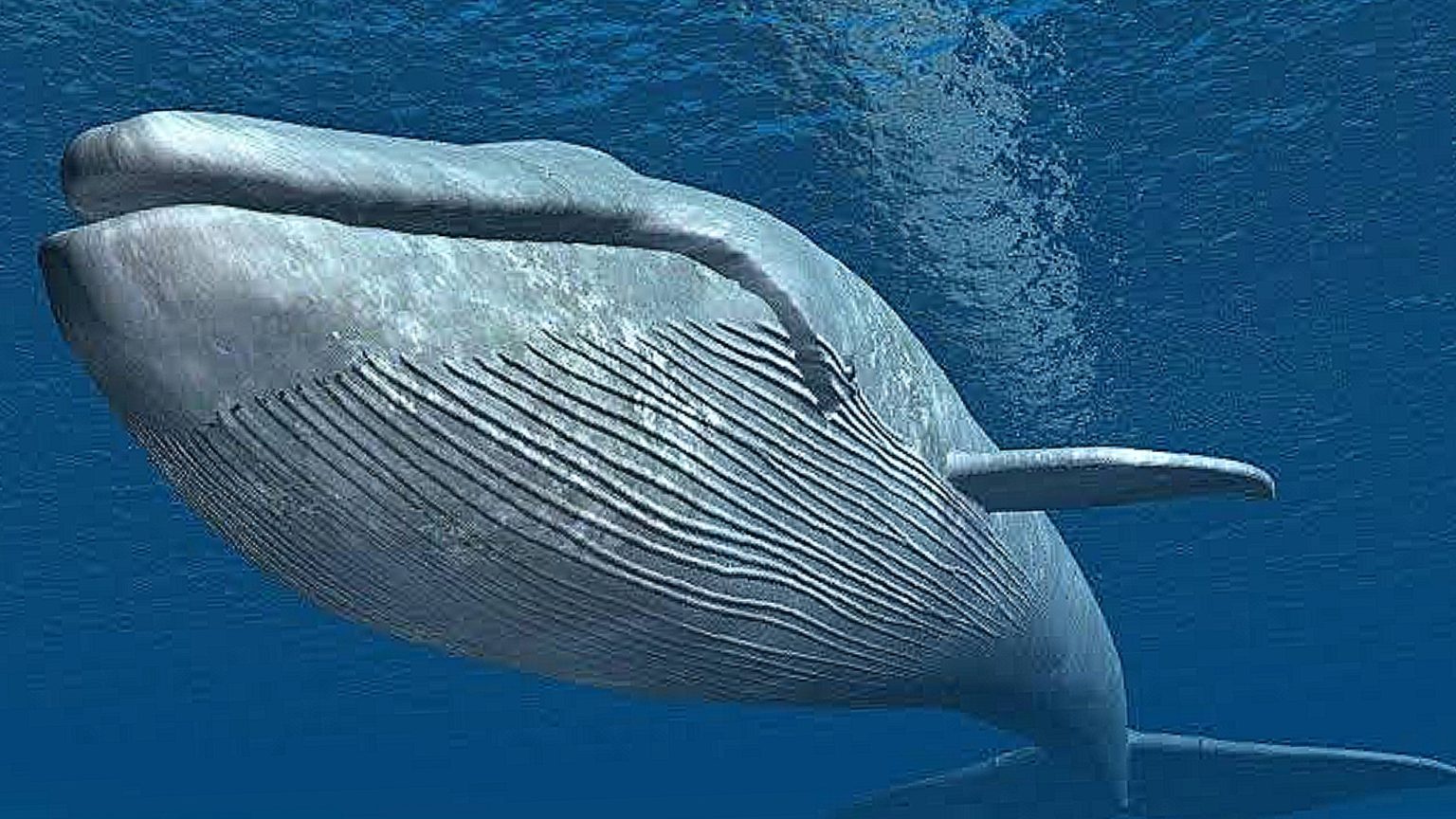
The Evolving Fortress: Top Goalkeeping Performances Explained in 2025
The year 2025 dawns on a football landscape perpetually reshaped by tactical innovation, data analytics, and an ever-increasing demand for athletic and mental prowess. While the spotlight often shines brightest on goalscorers and dazzling wingers, the evolution of the goalkeeper has been nothing short of revolutionary. No longer merely a shot-stopper, the modern custodian in 2025 is an eleven-outfield-player hybrid, a tactical linchpin, and the first line of attack. This article delves into what defines top goalkeeping performances in 2025, dissecting the metrics, the mindsets, and the individuals who have elevated the art of guarding the net to unprecedented heights.
The New Paradigm: Beyond the Save
By 2025, the traditional metrics of saves per game or clean sheets have become mere footnotes in a much richer tapestry of goalkeeping analysis. Elite performance is now a complex interplay of several interconnected attributes:
-
Expected Goals (xG) & Post-Shot Expected Goals (PSxG) Prevention: This remains the bedrock. Top keepers are not just making saves; they are making difficult saves consistently. Their PSxG prevented metric – the difference between the quality of shots on target and the number of goals conceded – is consistently positive and often staggering. They exhibit an uncanny ability to deny clear-cut chances that, statistically, should result in goals. This is achieved through superior positioning, lightning-fast reactions, and an understanding of shooting angles informed by vast data analysis.
-
Distribution & Playmaking: The "sweeper-keeper" concept of a decade ago has fully matured into the "playmaking-goalkeeper." In 2025, the best goalkeepers are integral to their team’s build-up play, often initiating attacks with pinpoint accuracy. This includes:
- Progressive Passes: Launching long, accurate passes that bypass opposition lines and find attackers in dangerous positions.
- Under-Pressure Distribution: Maintaining composure and accuracy when pressed high by opponents, making quick, intelligent decisions with both feet.
- Tactical Awareness: Understanding when to play short, when to go long, and how to manipulate the opposition’s press. Their passing maps are as intricate as any deep-lying playmaker.
-
Aerial Dominance & Box Command: With set-pieces and crosses remaining potent weapons, the ability to command the penalty area is paramount. Top keepers in 2025 are physically imposing, fearless in challenging for aerial balls, and possess an innate understanding of flight paths and trajectories. They organize their defense vocally and effectively, minimizing the threat from dead-ball situations and wide play.
-
Defensive Actions Outside the Box (DAOB): The high defensive lines favored by many top clubs necessitate a goalkeeper who is comfortable and proficient far from their goal. DAOB metrics measure clearances, interceptions, and tackles made outside the 18-yard box. The top performers are proactive, reading the game several steps ahead, and acting as an auxiliary defender, sweeping up through balls and denying counter-attacks before they fully materialize.
-
Mental Fortitude & Leadership: The psychological demands on a 2025 goalkeeper are immense. They must maintain intense concentration for 90+ minutes, make split-second decisions under extreme pressure, and quickly recover from errors. Furthermore, they are often the most vocal leaders on the pitch, orchestrating the defense and providing calm assurance in chaotic moments. Their ability to inspire confidence in their backline is immeasurable.
The Standout Performers of 2025 (Hypothetical Examples)
While predicting specific individuals in 2025 is speculative, we can project archetypes based on current trends and potential future stars.
1. Rafael Silva (FC Barcelona): The Omniscient Orchestrator
At 26, Silva embodies the pinnacle of the playmaking goalkeeper. His xG prevented metric consistently ranks among the top 3 in Europe, showcasing his elite shot-stopping. However, it’s his distribution that truly sets him apart. Operating with a pass completion rate exceeding 92%, even under intense pressure, he regularly delivers ‘pre-assists’ – passes that directly lead to dangerous attacking sequences. His long-range distribution, particularly his diagonal balls to wide forwards, are laser-guided missiles that dismantle opposition presses. Silva’s DAOB count is exceptionally high, as he frequently ventures outside his box to snuff out nascent counter-attacks, acting as a true eleventh outfield player in Barcelona’s intricate possession system. His calm demeanor and exceptional footballing IQ make him the undisputed conductor of their defensive and offensive transitions.
2. Maximilian Richter (Bayern Munich): The Unbreachable Barrier
Richter, at 28, is a towering presence whose primary strength lies in his sheer shot-stopping prowess. While proficient with his feet, his true genius is revealed when the ball is within striking distance of his goal. His PSxG prevented is off the charts, regularly saving shots with a 40-50% probability of going in. His reflexes are supernatural, allowing him to pull off ‘impossible’ saves from point-blank range or deflections. Richter’s command of his area is absolute; crosses and set-pieces seem to gravitate towards his hands. In a league increasingly focused on high-octane attacking football, Richter’s ability to consistently deny high-quality chances is the bedrock of Bayern’s defensive solidity. His leadership is more through action than words, inspiring confidence with every crucial stop.
3. Javier "El Muro" Perez (Real Madrid): The Dynamic Dynamo
The 24-year-old Spaniard, nicknamed "El Muro" (The Wall), represents the next generation of athletic, explosive goalkeepers. Perez’s physical attributes are astounding: incredible agility, vertical leap, and explosive power that allow him to cover vast swathes of his goal with remarkable speed. He excels in one-on-one situations, often narrowing angles and making himself an insurmountable obstacle for attackers. While his distribution is excellent, his unique selling point is his ability to recover from seemingly lost positions and make spectacular, game-changing saves. In Real Madrid’s fast-paced, transitional style, Perez’s lightning-quick reactions and ability to make improbable saves from quick turnovers are invaluable. He is also a master of the penalty shootout, having developed a reputation for unnerving opponents with his movements and pre-save analysis.
4. Lars Thomsen (Liverpool): The Tactical Titan
At 30, Thomsen has honed his craft to become perhaps the most tactically astute goalkeeper in the game. Playing for a Liverpool side that maintains an extremely high defensive line, Thomsen’s role as a sweeper-keeper is critical. His DAOB numbers are the highest in Europe, often making crucial interceptions and clearances well outside his penalty area. What sets him apart is not just the volume, but the intelligence of these actions – he rarely misjudges a bounce or a through ball. His communication is constant, directing his defenders with pinpoint instructions. Thomsen’s distribution is not flashy but incredibly efficient, always choosing the option that best maintains possession or initiates a rapid counter. He is the ultimate cerebral goalkeeper, reading the game like a central midfielder and executing his duties with cold, calculated precision.
The Role of Technology and Analytics
By 2025, the analytical tools available to goalkeepers and their coaches are more sophisticated than ever. AI-powered systems provide real-time data on positioning errors, reaction times, and decision-making under various scenarios. Virtual Reality (VR) training simulations expose keepers to hyper-realistic match situations, allowing them to practice shot-stopping and distribution against virtual opponents in countless permutations. Biometric data monitors fatigue levels, injury risk, and optimal performance zones, ensuring peak physical condition. These technological advancements are not replacing human intuition but are enhancing it, providing deeper insights and personalized training regimens that fine-tune every aspect of a goalkeeper’s game.
Impact on Team Success
The performances of these elite goalkeepers in 2025 directly correlate with team success. They are no longer just preventing defeats; they are actively winning matches. A goalkeeper who consistently denies high xG chances instills confidence throughout the squad, allowing outfield players to take more risks knowing they have a reliable last line of defense. Their exceptional distribution allows teams to break presses, exploit space, and launch devastating counter-attacks, effectively adding an extra playmaker to the side. The mental stability and leadership they provide are invaluable in high-stakes matches, often being the calmest head on the pitch during moments of intense pressure.
The Future of the Fortress
As we look beyond 2025, the evolution of the goalkeeper shows no signs of slowing. The lines between goalkeeper and outfield player will continue to blur, demanding even greater versatility. The mental game will become increasingly crucial as the physical demands intensify. The top goalkeeping performances in 2025 are a testament to relentless innovation, unparalleled dedication, and the understanding that the man between the sticks is, more than ever, the cornerstone of a successful football team. The fortress has evolved, and its guardians are more formidable than ever before.



